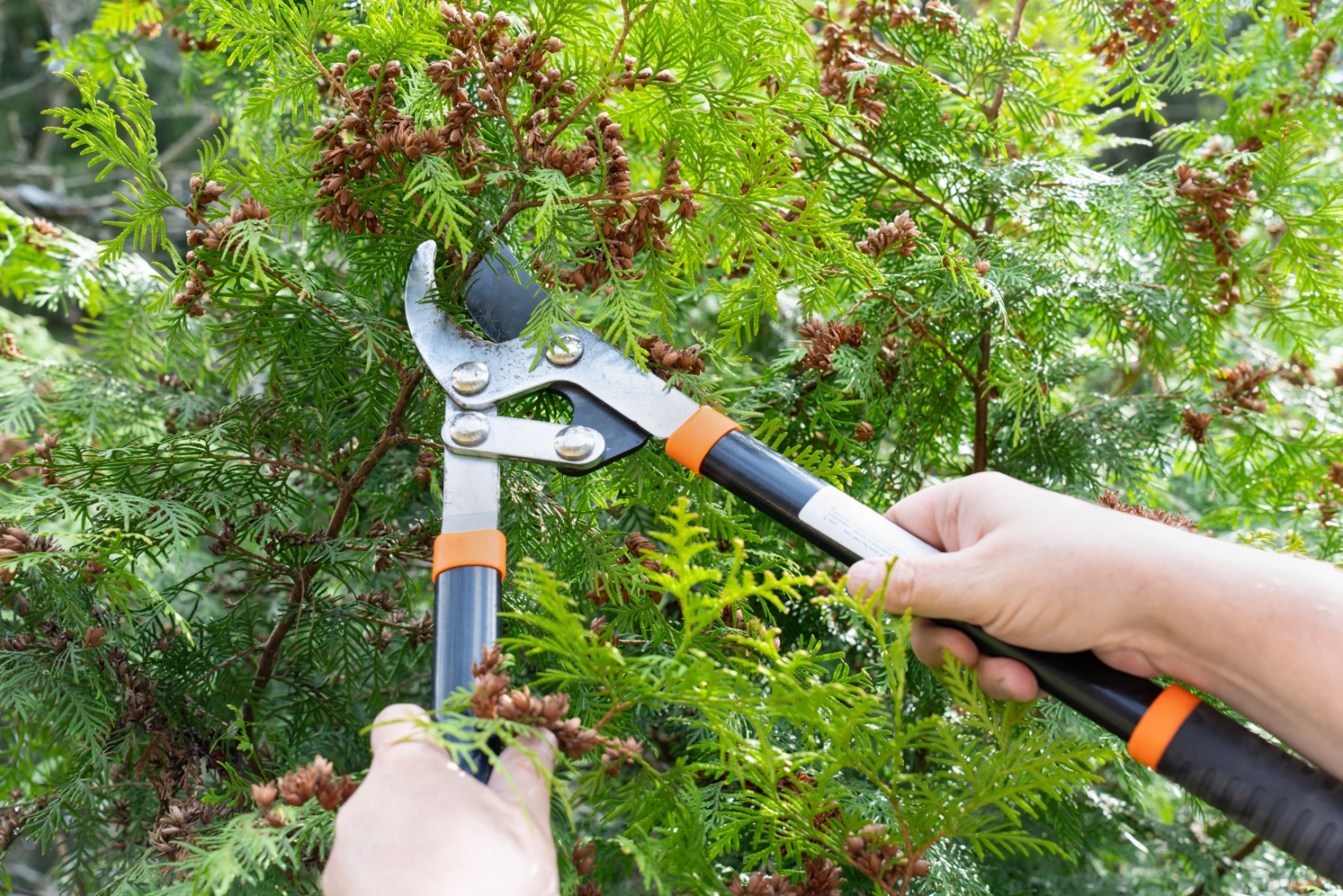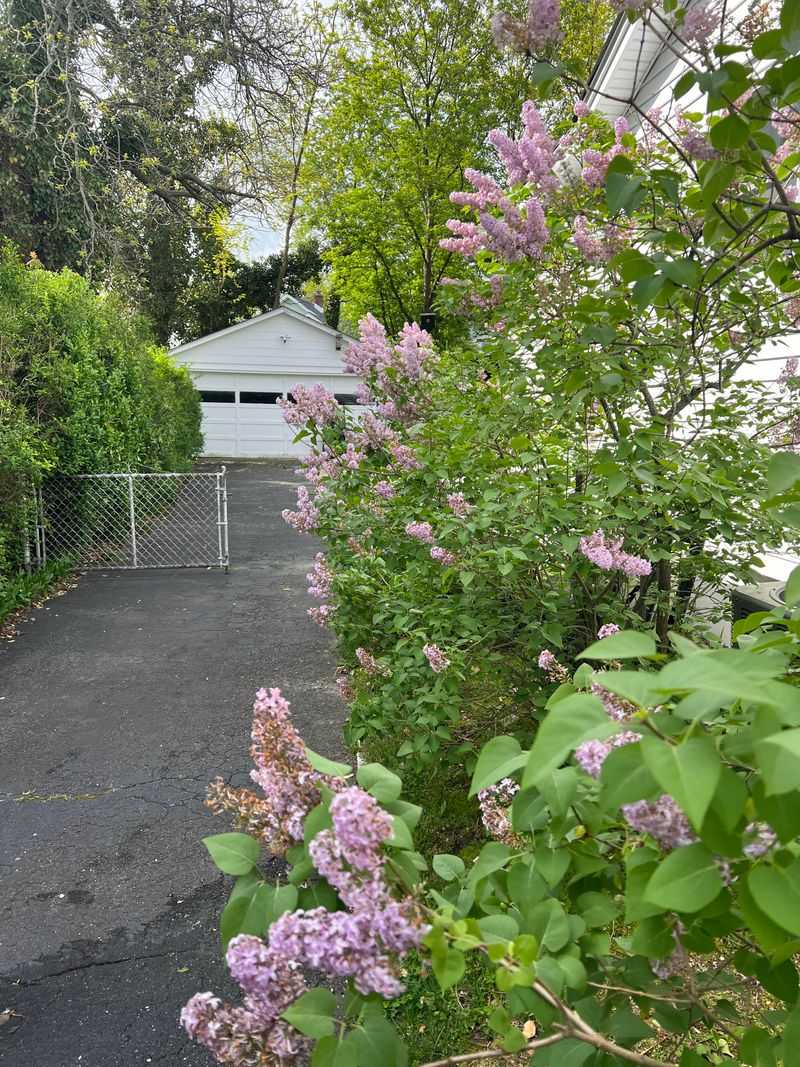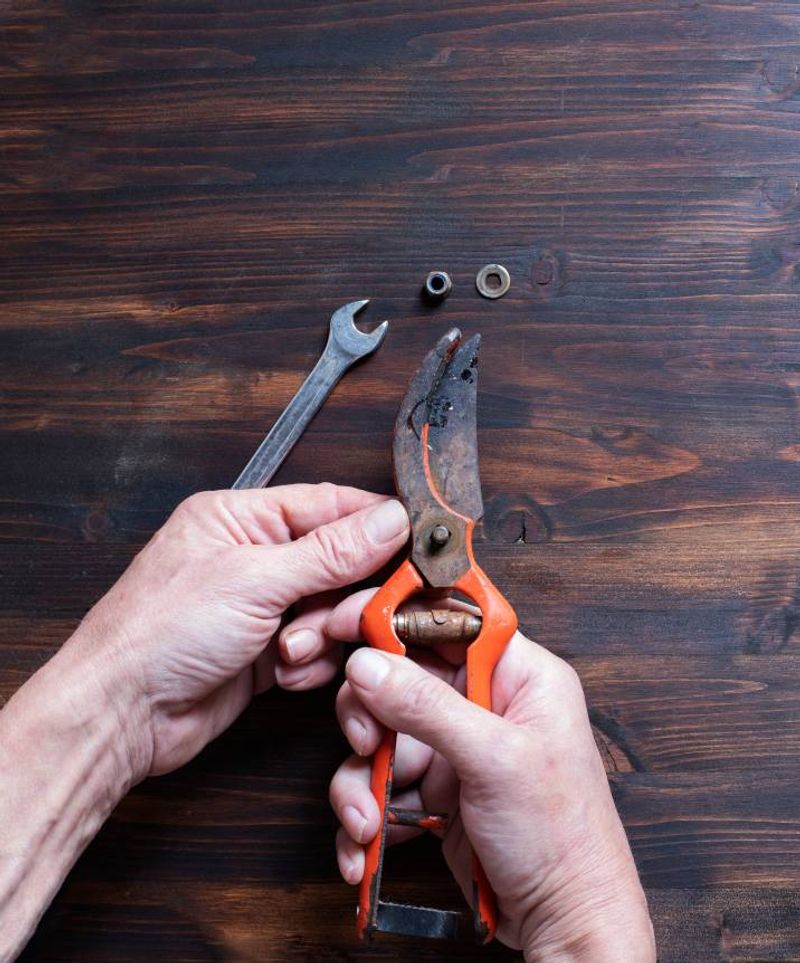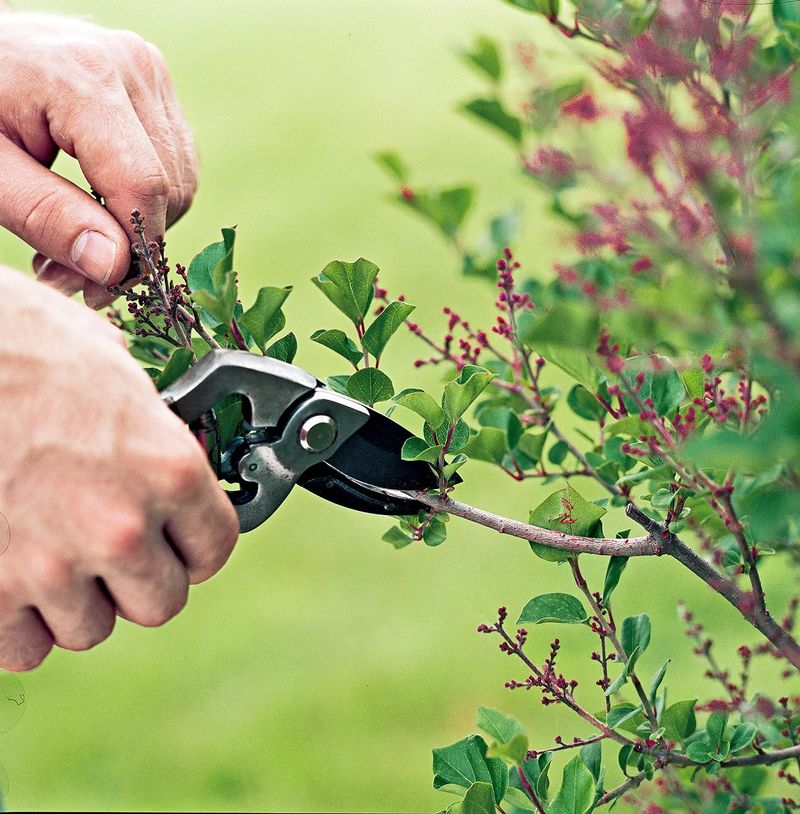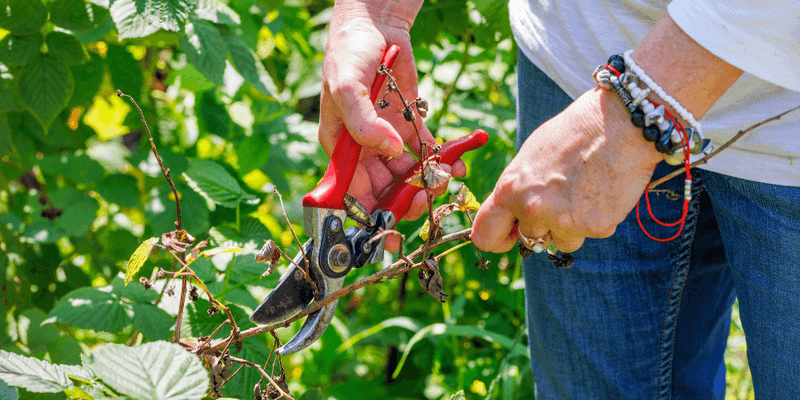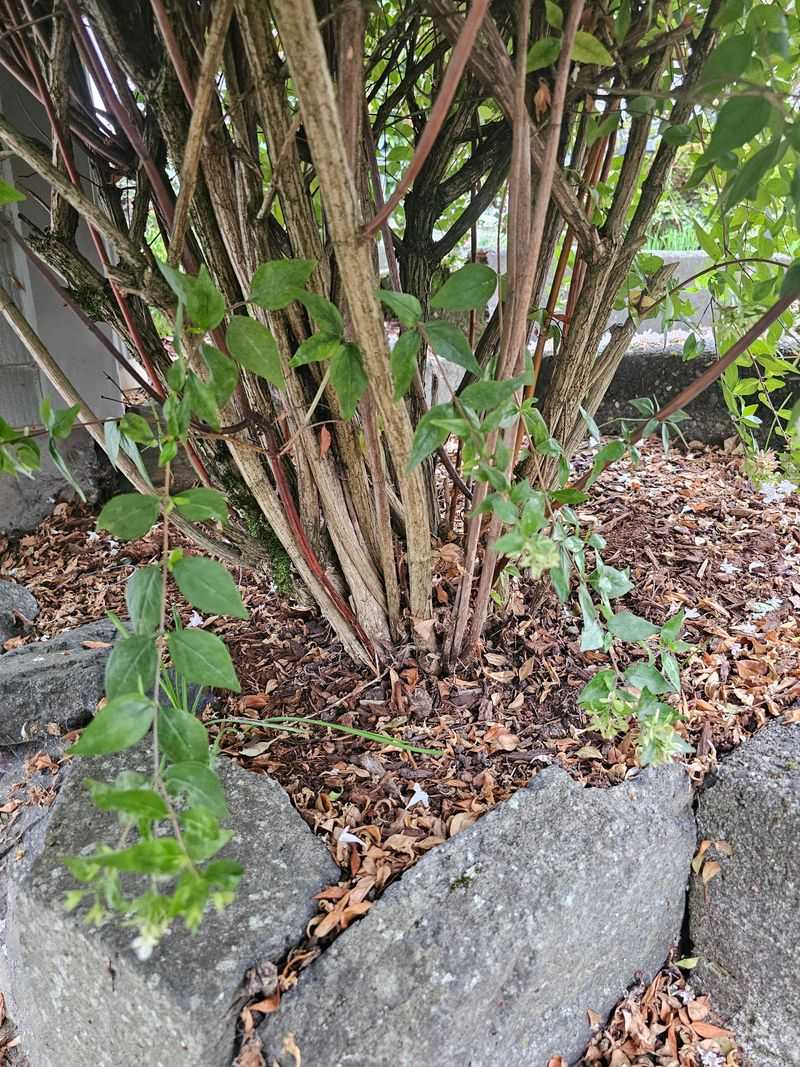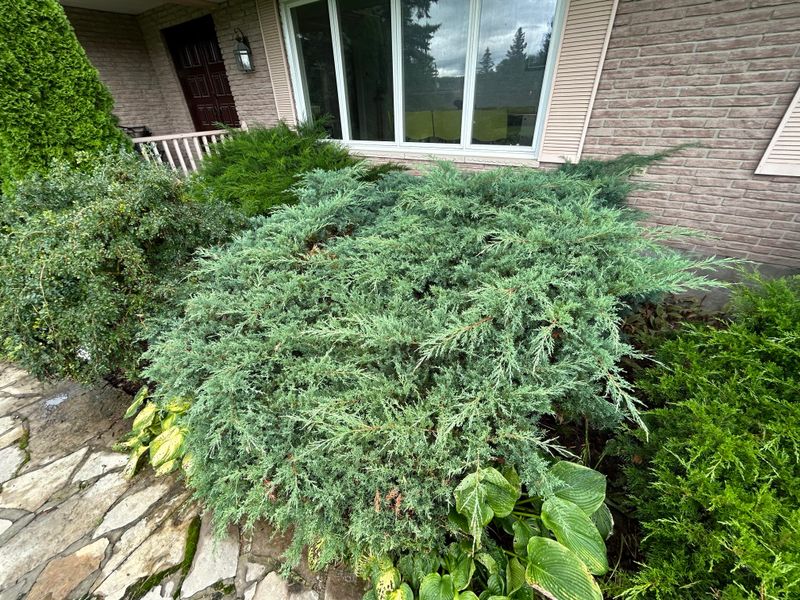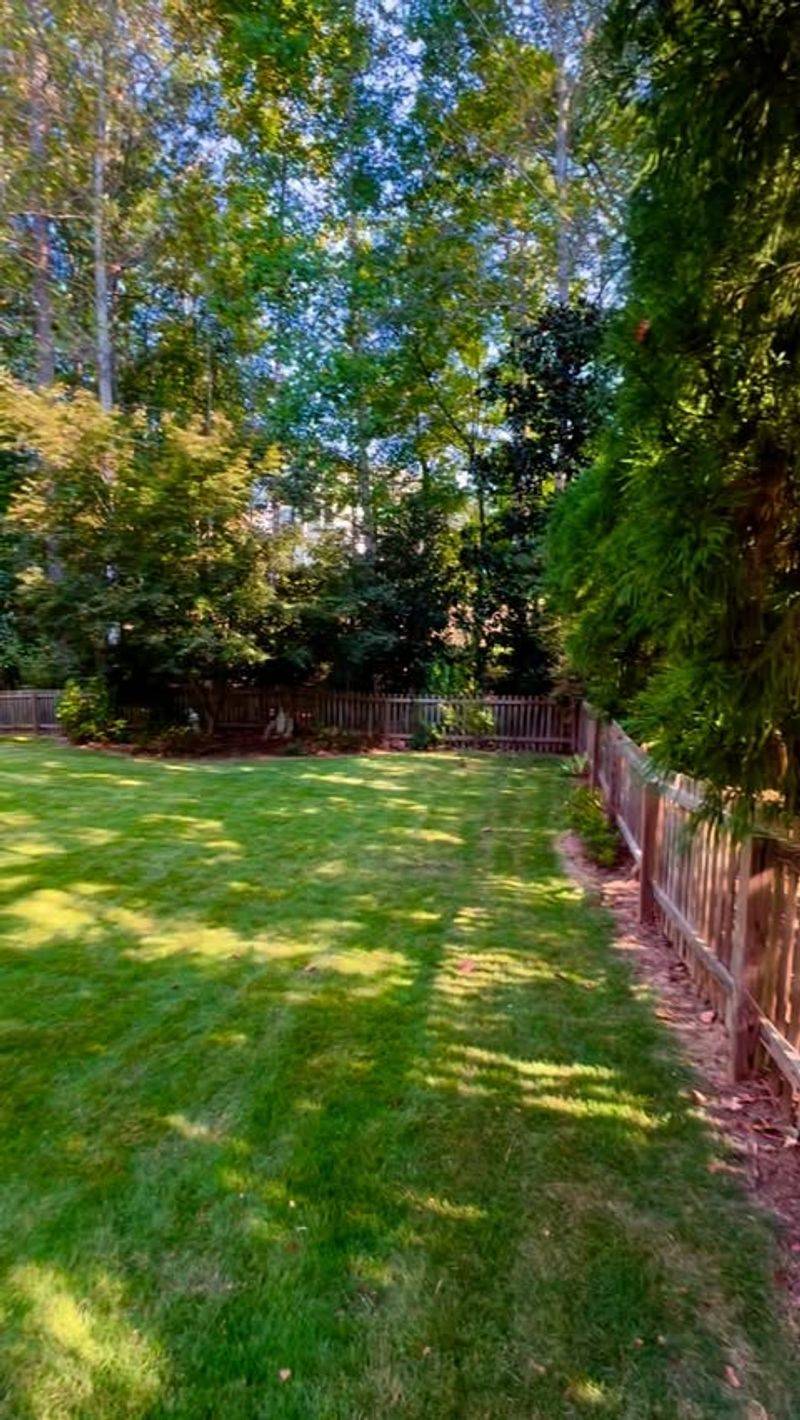Fall in Wisconsin brings crisp air and the perfect time to help your shrubs stay healthy through winter. Pruning now removes dead branches and shapes your plants so they grow strong next spring.
Whether you’re caring for a single hedge or a whole yard full of bushes, these simple steps will guide you through the process with confidence.
1. Check Your Shrub’s Blooming Schedule Before Cutting
Different shrubs bloom at different times, and cutting at the wrong moment can cost you next season’s flowers. Spring bloomers like lilacs and forsythias should wait until after they flower, but fall is perfect for summer bloomers.
Wisconsin gardeners need to identify their shrub types first. A quick online search or a chat with a local nursery can help.
This simple check saves disappointment and keeps your yard looking its best year after year.
2. Gather Clean, Sharp Tools For A Professional Cut
Dull or dirty tools can damage your shrubs and spread disease between plants. Sharp bypass pruners work best for branches up to three-quarters of an inch thick, while loppers handle larger limbs.
Before you start, wipe blades with rubbing alcohol to kill bacteria and fungi. Many Wisconsin gardeners keep a small bottle in their tool bucket for quick cleaning between cuts.
Well-maintained tools make the job easier and protect your plants from unnecessary stress or infection.
3. Remove Dead Or Diseased Branches First
Start by cutting away any branches that look brown, brittle, or covered with spots and fungus. These damaged sections drain energy from healthy growth and can harbor pests over winter.
Cut back to where you see green, living wood, making your cut just above a bud or side branch. Wisconsin’s cold winters are tough enough on shrubs without leaving weak wood to freeze and crack.
This cleanup step immediately improves your shrub’s health and appearance.
4. Thin Out Crowded Interior Growth
When branches grow too close together inside the shrub, they block sunlight and air from reaching the center. This creates a damp environment where diseases love to grow.
Select a few of the oldest, thickest stems near the base and remove them completely. Aim to open up the middle so light can filter through, which helps Wisconsin shrubs dry out after rain and snow.
Better airflow means healthier plants that resist common problems like powdery mildew and rust.
5. Shape The Outer Canopy For Balanced Growth
Once you’ve cleaned up the inside, step back and look at the overall shape of your shrub. Trim back any branches that stick out too far or grow in awkward directions.
Make cuts at a slight angle just above an outward-facing bud, which encourages the plant to grow wide rather than inward. In Wisconsin, balanced shrubs handle heavy snow loads better because weight distributes evenly across strong branches.
A little shaping now prevents lopsided growth later.
6. Cut At The Correct Angle And Location
Where and how you make each cut matters more than most people realize. Always cut about a quarter inch above a bud or branch junction at a 45-degree angle sloping away from the bud.
This angle lets water run off instead of pooling on the cut surface, which prevents rot. Wisconsin’s wet fall weather makes proper cutting technique especially important for keeping wounds dry and healing quickly.
Clean, angled cuts heal faster and look more natural as the shrub grows.
7. Clean Up And Mulch After You Finish
Gather all the cut branches and debris from around your shrubs when you’re done pruning. Leaving piles of clippings creates hiding spots for insects and diseases that could attack your plants.
After cleanup, spread a fresh two-inch layer of mulch around the base to insulate roots from Wisconsin’s freezing temperatures. Keep mulch a few inches away from stems to prevent rot.
This final step protects your hard work and sets your shrubs up for a strong start next spring.

